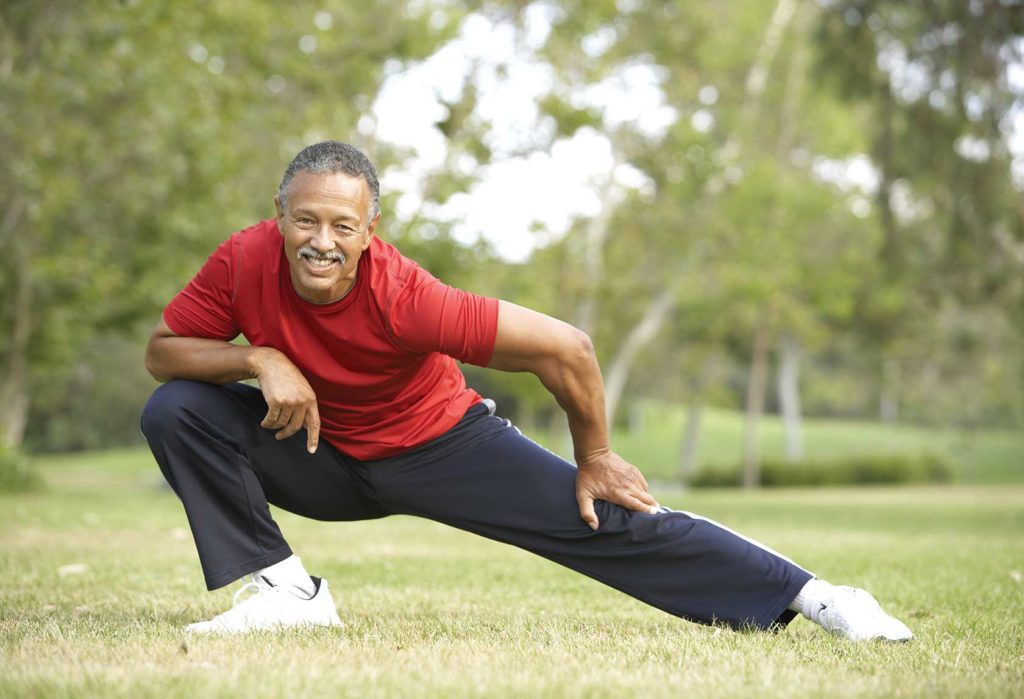
In 2008, the U.S. Department of Health and Human Services took a huge step forward in an attempt to encourage people to participate regularly in some form of physical activity. They published the first edition of Physical Activity Guidelines for Americans, and presented a very simple overview of the type, frequency and duration of physical activity for adults.
Somehow the message was lost along the way. According to the Centers for Disease Control and Prevention, 10 years later, only 23% of adults aged 18 and older met the guidelines for both aerobic and muscle-strengthening activity. Apparently, people prefer Zumba or basketball over weights. Fifty-three percent of adults aged 18 and older met the guidelines for aerobic activity only.
But still that means that roughly half of US adults do not engage in any physical activity at all. That’s a mistake. Particularly when it comes to the heart … and heart attacks.
There are at least seven conditions that increase a person’s risk for a heart attack. Each on its own can wreak havoc on the arteries of the heart. But if you can control one factor — physical inactivity — many of the others often fall in line.
Keep in mind that the heart is a muscle. Regular physical activity makes it stronger and more efficient. In so doing, it impacts several other factors related to a heart attack.
A stronger heart is able to pump more blood with less effort. As a result, the force on the arteries decreases, which in turn lowers blood pressure. Aerobic activities in particular have been found to keep HDL, or the “good” cholesterol high, and triglycerides low, preventing plaque buildup. It even makes the body more sensitive to insulin, which helps lower blood glucose in people with diabetes.
A daily walk can reduce excessive pounds and reduce stress. Mayo Clinic calls exercise “meditation in motion.” It increases endorphins, the brain’s feel-good chemicals; it helps you relax; it reduces depression and anxiety. People under stress have a higher tendency to overeat, smoke, or abuse drugs or alcohol. It takes a physical toll as well and increases heart rate and blood pressure.
The HHS is not giving up. In 2018 it published a revised edition of its guidelines. No one gets a free pass. The guidelines have expanded to children, older adults, women during pregnancy and even those with disabilities.
The message is the same, though. Just move.








